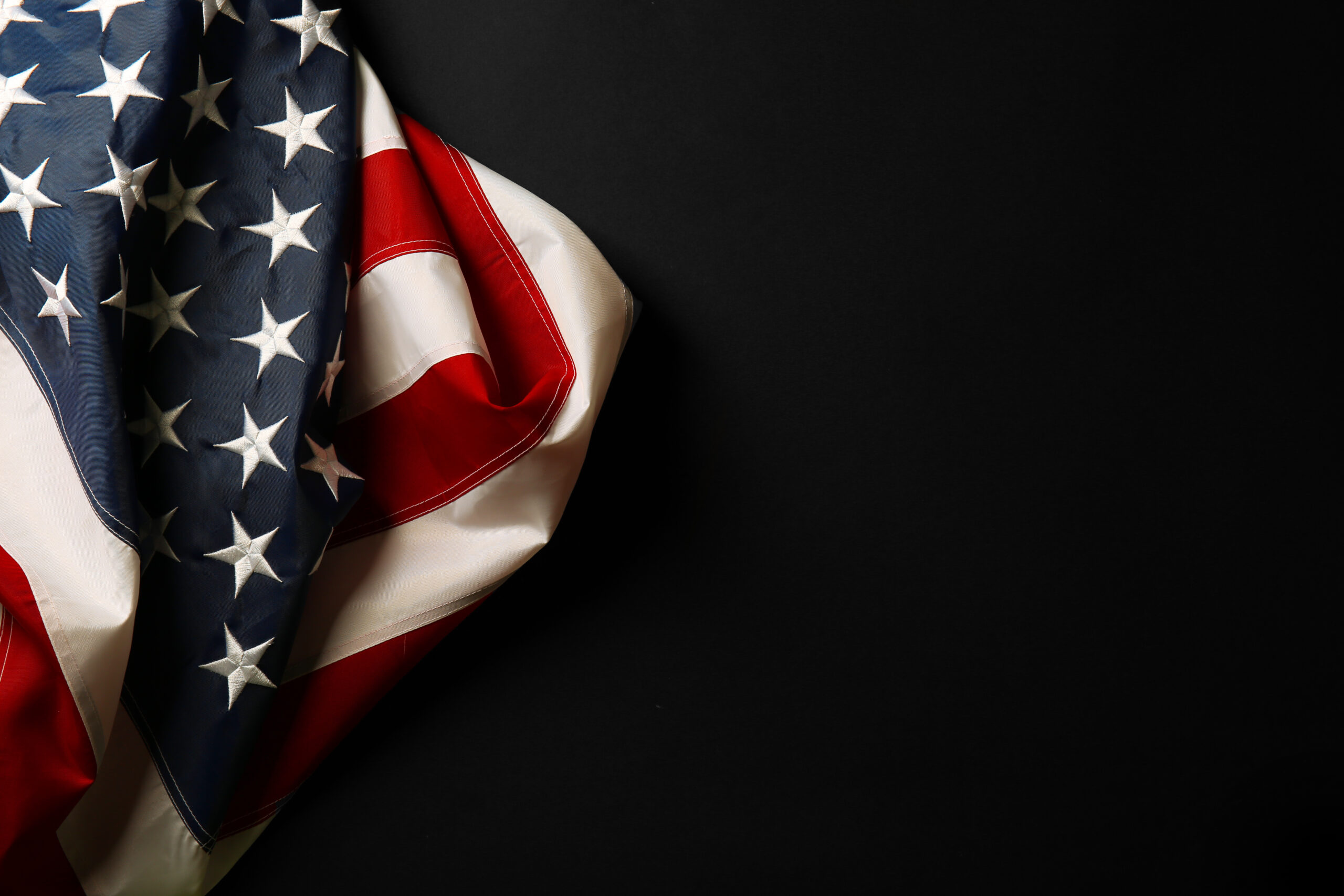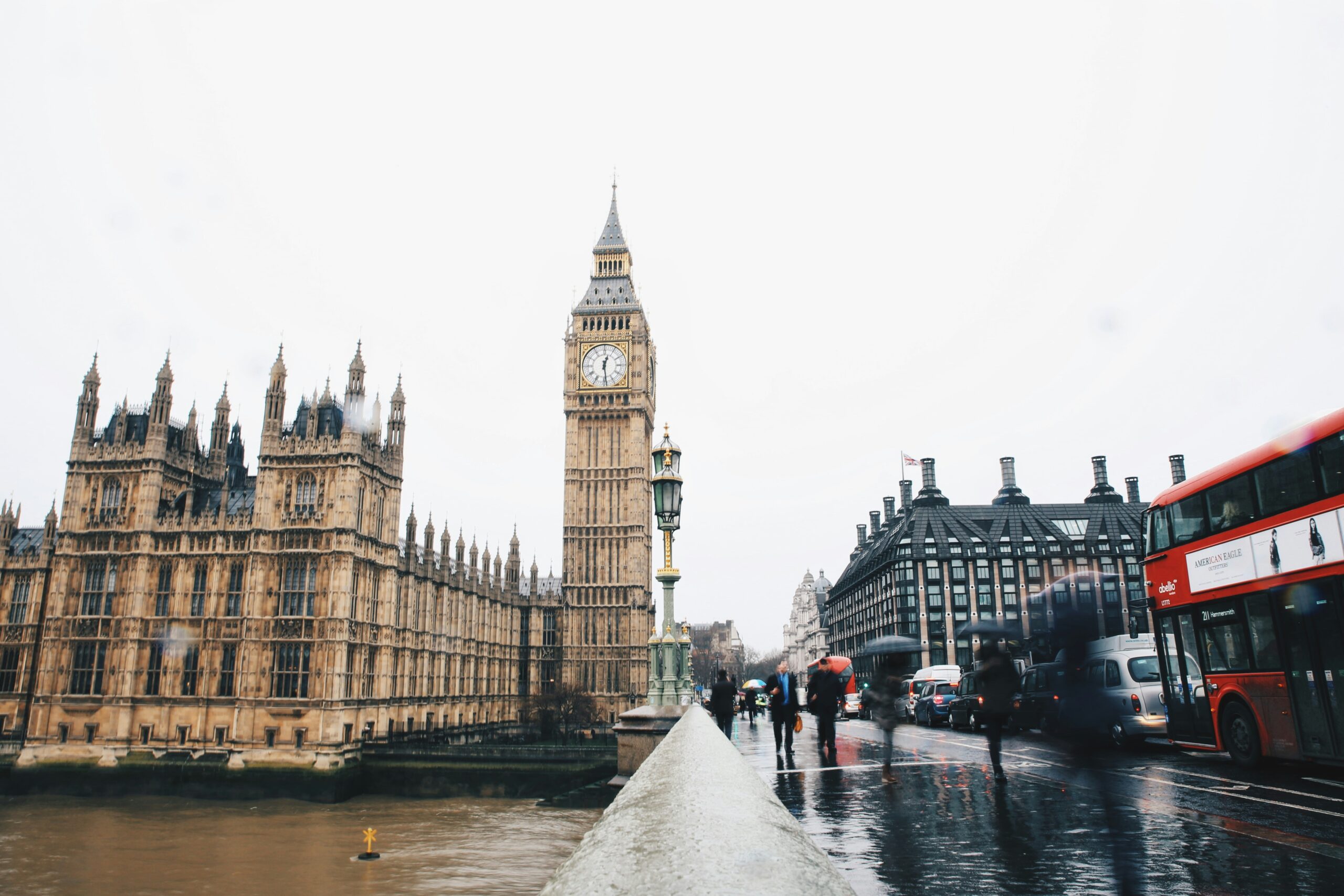A whole six months away from the upcoming Republican National Convention, things could not be clearer: Donald Trump is – at least de-facto – the party’s presumptive nominee. In a way, this is a reality which seems to defy all logic.
Back in 2020, Trump lost the presidential election to a Democratic candidate who notoriously spent much of the campaign period giving interviews to friendly media over Zoom from the comfort of his basement. With the GOP – that being, the Republican Party – having already lost the House of Representatives in 2018, Trump went on to make things a whole lot worse for his party by undermining his voters’ faith in the electoral process in Georgia, leading to the Democrats gaining control of the Senate. One would think that, at that point, GOP voters would have thought to themselves that it was about time to say, “thank you”, to President Trump and go in search of fresh leadership. Instead, during the 2022 “mid-term” elections, they overwhelmingly backed populist, Trump-endorsed candidates across numerous purple states – most of whom went on to lose, with the GOP on the whole underperforming expectations in a spectacular fashion.
Despite this electoral record, the Republican Party remains largely committed to Trump. He has won the Iowa caucus and the New Hampshire primary so far with absolute majorities. It now seems clear to everyone – aside from, evidently, Nikki Haley – that he will go on to face Joe Biden in the general election in November. So, how has “the Donald” become so dominant in the GOP?
Arguably, Trump is a new kind of phenomenon within the GOP, often described as a populist without a coherent ideology. This is not entirely accurate. If one considers what Trump represents to people – and one need not think that Trump himself is fully conscious of this – one thinks of economic nationalism, nativism, isolationism and a general opposition to a perceived “liberal blob” at the heart of the American political mainstream and the American bureaucracy. This set of attitudes is not at all new, and it has existed within the Republican Party for decades, represented most notably by Pat Buchanan, who challenged President George H.W. Bush in the 1992 Republican primaries on the basis of the latter’s interventionist foreign policy and perceived lack of a meaningful social conservatism. Trump, whether he knows it or not, reinvigorated and became a standard-bearer for this strand of American conservatism in 2016. The key question here is not so much, “why Trump?” as, “why now?”
The answer to this question lies largely around white working-class voters; that is the constituency to which Pat Buchanan sought to appeal in the nineties. Back then, however, his paleoconservatism simply did not take off. So what changed?
Well, first and foremost, the Democratic Party – traditionally the post-war bastion of working-class voters – changed in a number of significant ways. Previously the champion of protectionism and industrial policy against the free-trade and laissez-faire attitudes of the GOP, Bill Clinton’s so-called Third Way orientation paved the way for a general consensus against tariffs and protections for industry in American politics. Whatever one thinks of the overall merits of the policies favoured by this consensus, it is impossible to dispute that they altered the way of life for many white working-class voters, especially in the Midwest. Many people lost their jobs as a result of factories relocating to Mexico and ended up relying on welfare payments, often resorting to drugs and alcohol to deal with the despair which comes with such profound changes.
Alongside the Democrats’ embrace of free trade, the party gradually started to become more and more socially liberal. Within less than two decades, the party became a lot more progressive on issues such as gender identity, abortion and immigration. The combination of laissez-faire economics with a far more radical social liberalism produced a Democratic party which was decidedly at odds with the views generally held by white working-class voters – who are not dissimilar from our own so-called Red Wallers, being generally in favour of economic interventionism but also socially conservative and patriotic.
All this being the case, when Trump came into American politics as a sort of 21st-century Pat Buchanan, the constituency which the latter had worked so hard to win over was far more ready to embrace someone like him. As such, these voters swarmed to Trump’s cause, finding in him a way of expressing their intense frustration with the post-Reagan consensus. As a result, some of the more traditional Republican voters – especially suburban women – did end up switching over to the Democrats, but many stayed, largely due to the much-discussed phenomenon of negative polarisation.
Evidently, over the past few decades both Republicans and Democrats have undergone serious transformations, paving the way for a new era of Trumpism. As such, if the Democrats continue to move in a drastically radical and socially left-wing direction – with a fixation on the “hot button” issues of race and gender – they have little hope of regaining the working-class vote, in effect ensuring the continued dominance of Trump within the Republican Party.
Max Minkin is a Law student at BPP and Durham University Philosophy and Politics Graduate
[Image: Africa Studio]




